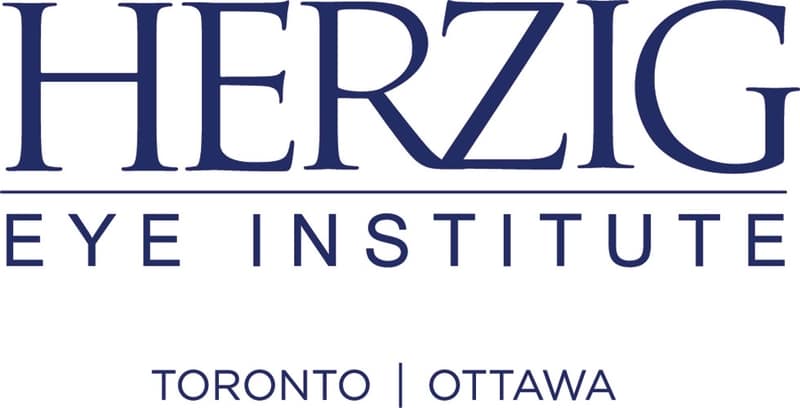Common Eye Conditions
At Herzig Eye Institute, we specialize in helping our patients achieve their best possible vision by reducing or eliminating their dependence on glasses and contact lenses. We offer vision correction solutions to treat several common eye conditions. Your eyes are unique – trust our team of eye care professionals to create a personalized treatment plan to help you achieve visual freedom.
Farsightedness is a common refractive error, also known as hyperopia. People with hyperopia see things best when they are far away, but have trouble seeing up close. Hyperopia occurs when light entering the eye comes into focus behind the retina instead of precisely on the retina. This can be caused when the cornea or lens is flatter than normal, when the length of the eye is too short, or combination of both. People with severe hyperopia can have trouble seeing clearly, even at a distance.
Farsightedness can be easily treated with laser vision correction (LASIK or PRK), or during an intraocular procedure like Refractive Cataract Surgery, Refractive Lens Exchange (RLE) or an Intraocular Collamer Lens (ICL).
Nearsightedness is a common refractive error, also known as myopia. Over 80% of the world’s population is myopic. Myopia occurs when your eye is too long in relation to the curvature of your cornea. This causes light entering your eye to focus in front of the retina instead of precisely on the retina. If you have nearsightedness, you will have difficulty seeing things far away. People with severe myopia may only be able to see objects clearly when they are just a few inches away.
Nearsightedness can be treated with laser vision correction (LASIK, ZEISS ReLEx SMILE, or PRK), or during an intraocular procedure such as Refractive Cataract Surgery, Refractive Lens Exchange (RLE) or an Intraocular Collamer Lens (ICL).
Astigmatism occurs when your cornea is shaped more like a football than a basketball. Sometimes astigmatism can be caused by an irregular shaped lens inside the eye. This irregular shape causes distortion or blurry images due to the unequal bending. Astigmatism is a very common condition and most people (especially those with nearsightedness or farsightedness) have it to some degree.
People with mild astigmatism can experience slightly blurred or distorted vision at all distances. Those with high levels of astigmatism can be affected so much, it prevents them from performing their daily activities. Astigmatism can be corrected with laser vision correction (ZEISS ReLEx SMILE, LASIK, PRK), or during an intraocular procedure such as Refractive Cataract Surgery, Refractive Lens Exchange (RLE), or an Intraocular Collamer Lens (ICL).
A cataract is when the eye’s natural lens becomes cloudy. This condition is common due to the fact that most cataracts are related to the aging process. It can occur in one eye or both and is detected during an eye exam with dilating drops. For most people, the onset of cataracts is gradual. Over time as the area of cloudiness in the lens gets larger, it becomes more difficult to see and objects become blurred and colours dulled. When daily activities such as driving, reading or watching TV become compromised, it is time to have the cataract removed.
Some of the symptoms of a cataract can include:
- faded colours
- glare and halos
- blurry vision
- reduced night vision
- prescription changes
Dry eye usually refers to a lack of moisture reaching the ocular surface, or the tears meant to reach the ocular surface evaporate too quickly. 65% of patients with dry eye symptoms have a condition called Meibomian Gland Dysfunction. These lubricating meibomian glands provide the protective oil layer meant to prevent tears from evaporating. With this condition, the glands can become obstructed and an inadequate amount of protective oil is present in your tears.
Factors such as the environment, aging, hormonal changes, medications, inadequate blinking, poor diet, and diseases like arthritis all play a significant role in reducing this moisture.
As we age, the eye’s natural lens becomes too stiff to focus up close. With our hardening lens, words and other nearby objects appear blurry. The clinical term for this loss of reading vision is presbyopia. 100% of the population becomes presbyopic to some extent as they enter their 40s. There are a number of options to treat presbyopia and restore reading vision, including laser vision correction, Refractive Cataract Surgery, Refractive Lens Exchange (RLE), and Intraocular Collamer Lens (ICL) with monovision and advanced intraocular lenses (IOLs).
The cornea is the most important focusing component of the eye. Typically, it’s the shape of a basketball, allowing you to see clearly. Keratoconus causes a gradual change of the corneal shape from a sphere to a cone. With this ‘coning’ of the eye, the person’s vision gets worse.
In the early stages, keratoconus presents as worsening astigmatism or increased distortion in vision. It can initially be corrected with hard contact lenses. If left untreated, it can cause permanent vision loss requiring corneal transplantation. Keratoconus typically first appears in individuals who are in their late teens or early 20s.
Contact lens intolerance affects many long-time contact lens wearers. The eye tires of the foreign body (contact lens) after all the years of wear and starts to show signs of rejection. While you might not be able to avoid the problem forever, there are steps you can take to try and alleviate the discomfort. Some people can find relief by switching to a different hydrating solution. Sometimes the problem stems from keeping extended-wear lenses past their useful life. Be sure to follow package directions and the instructions of your doctor.






